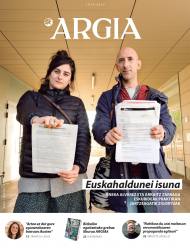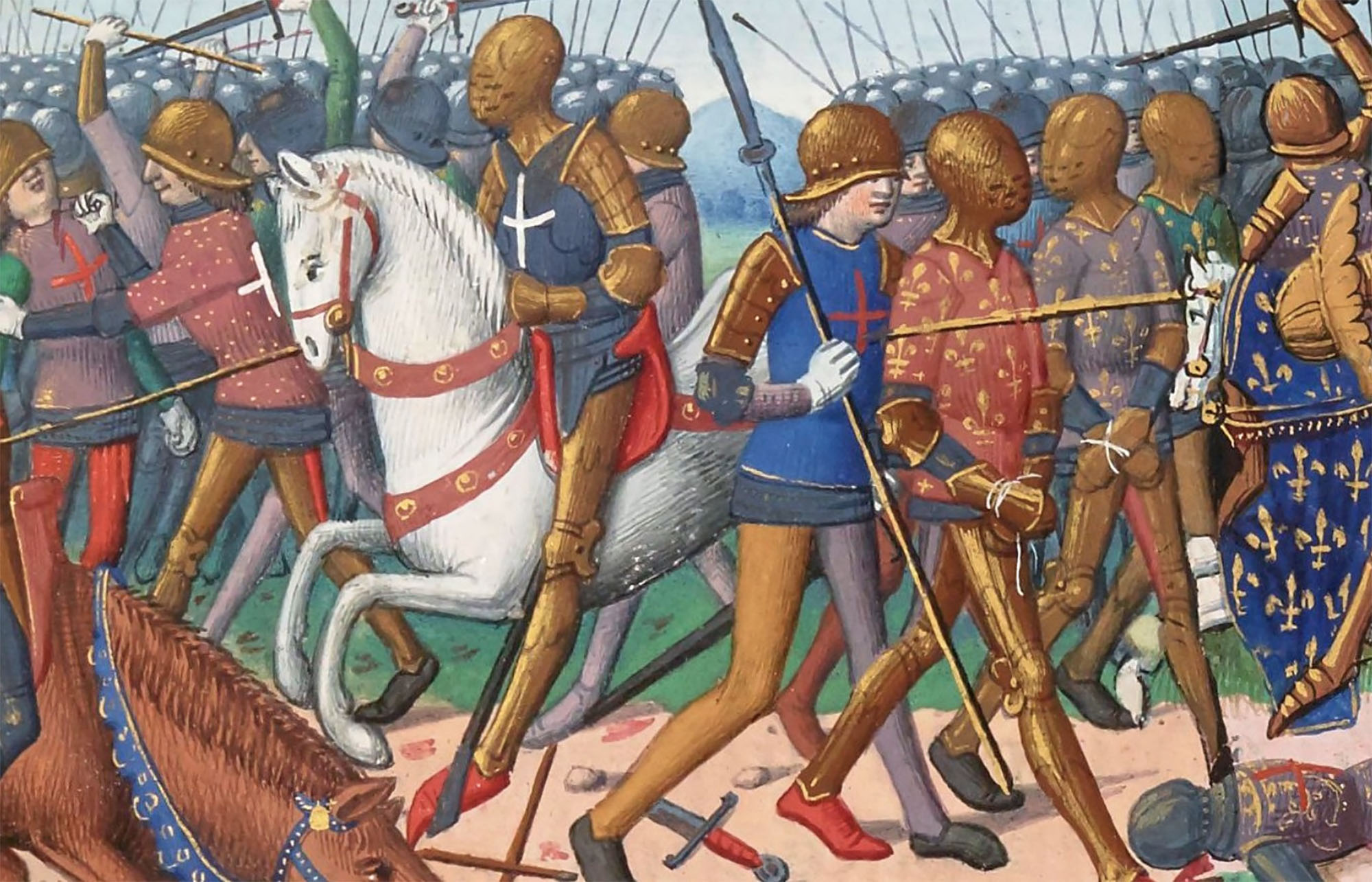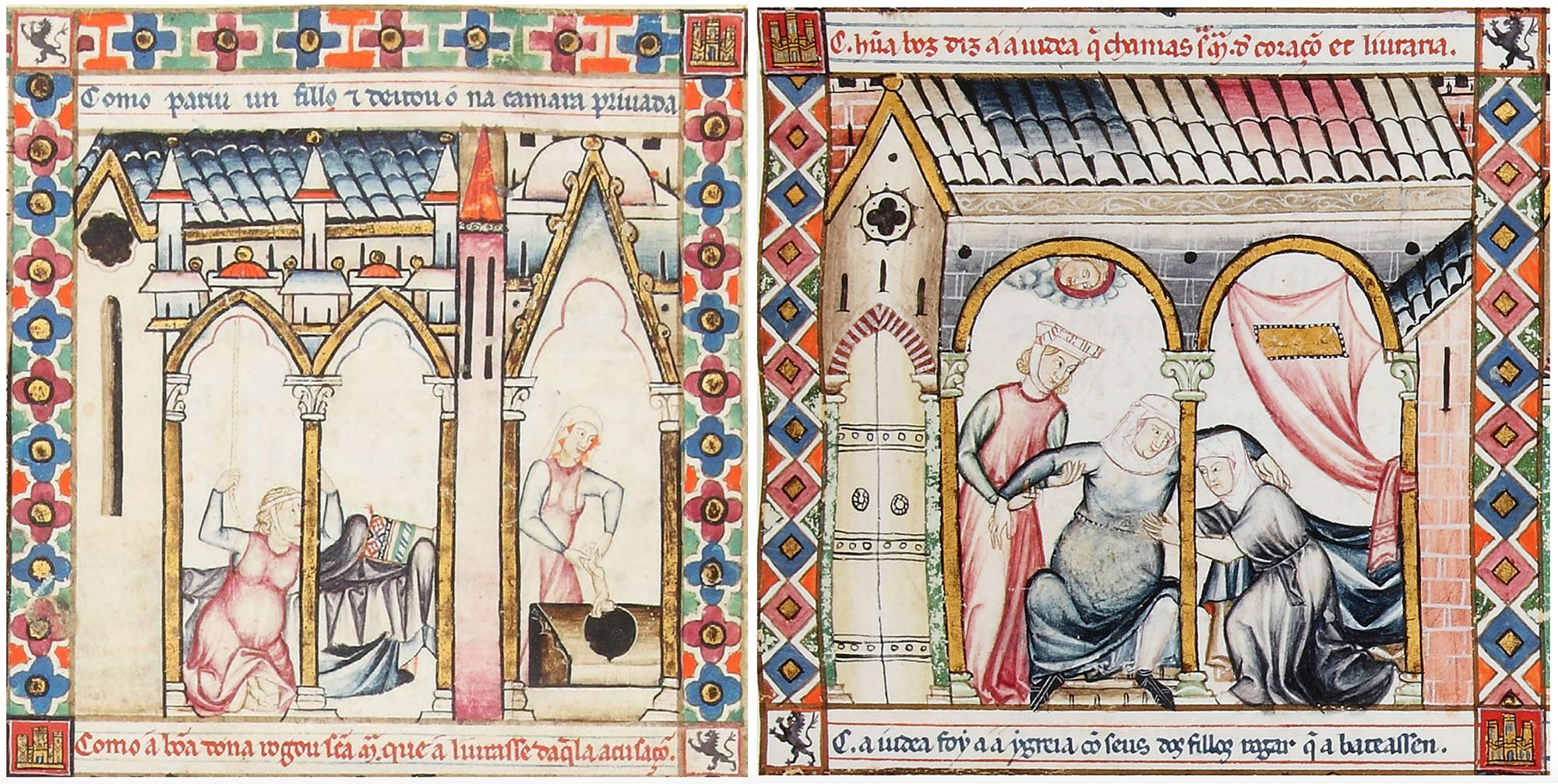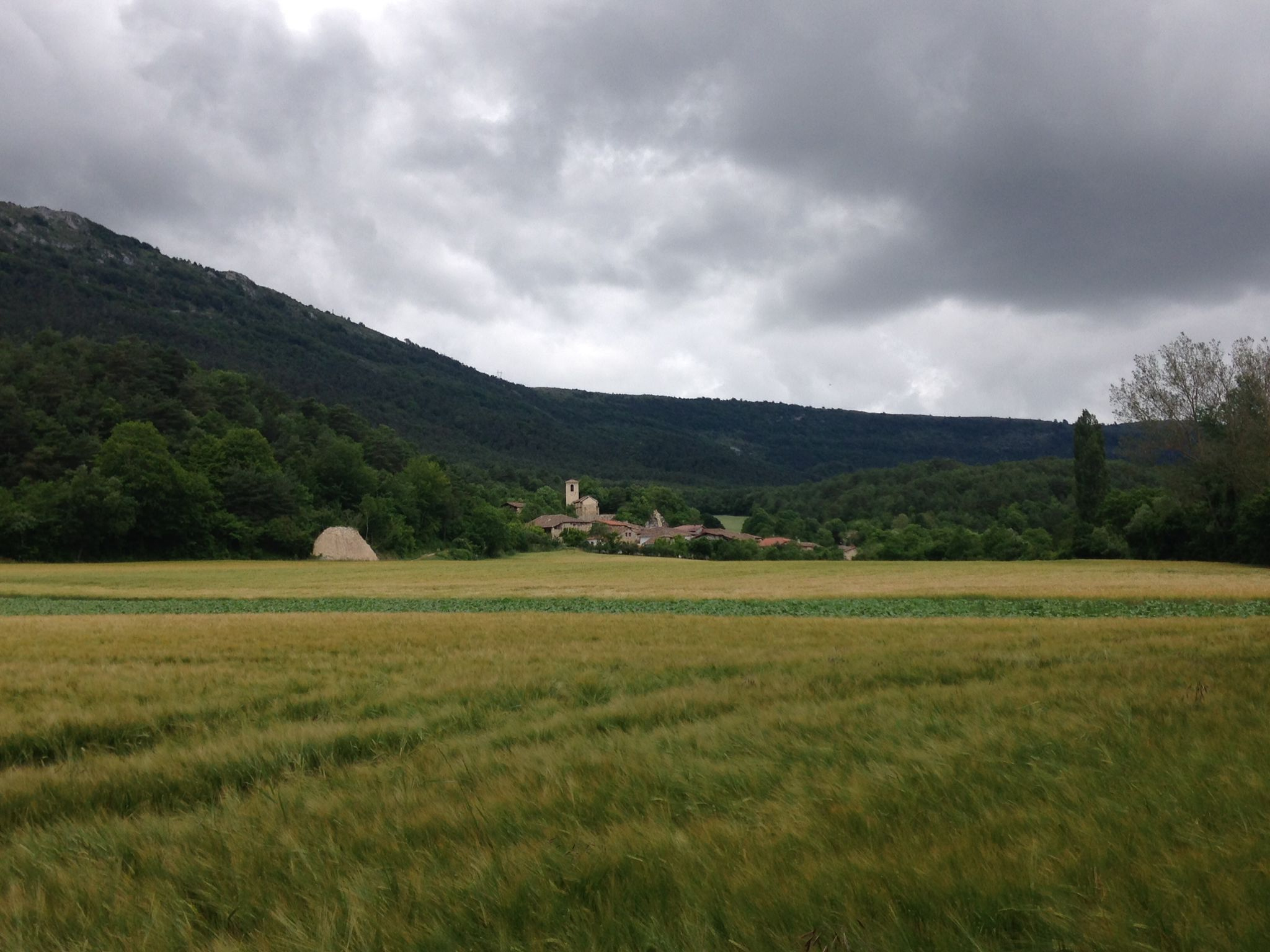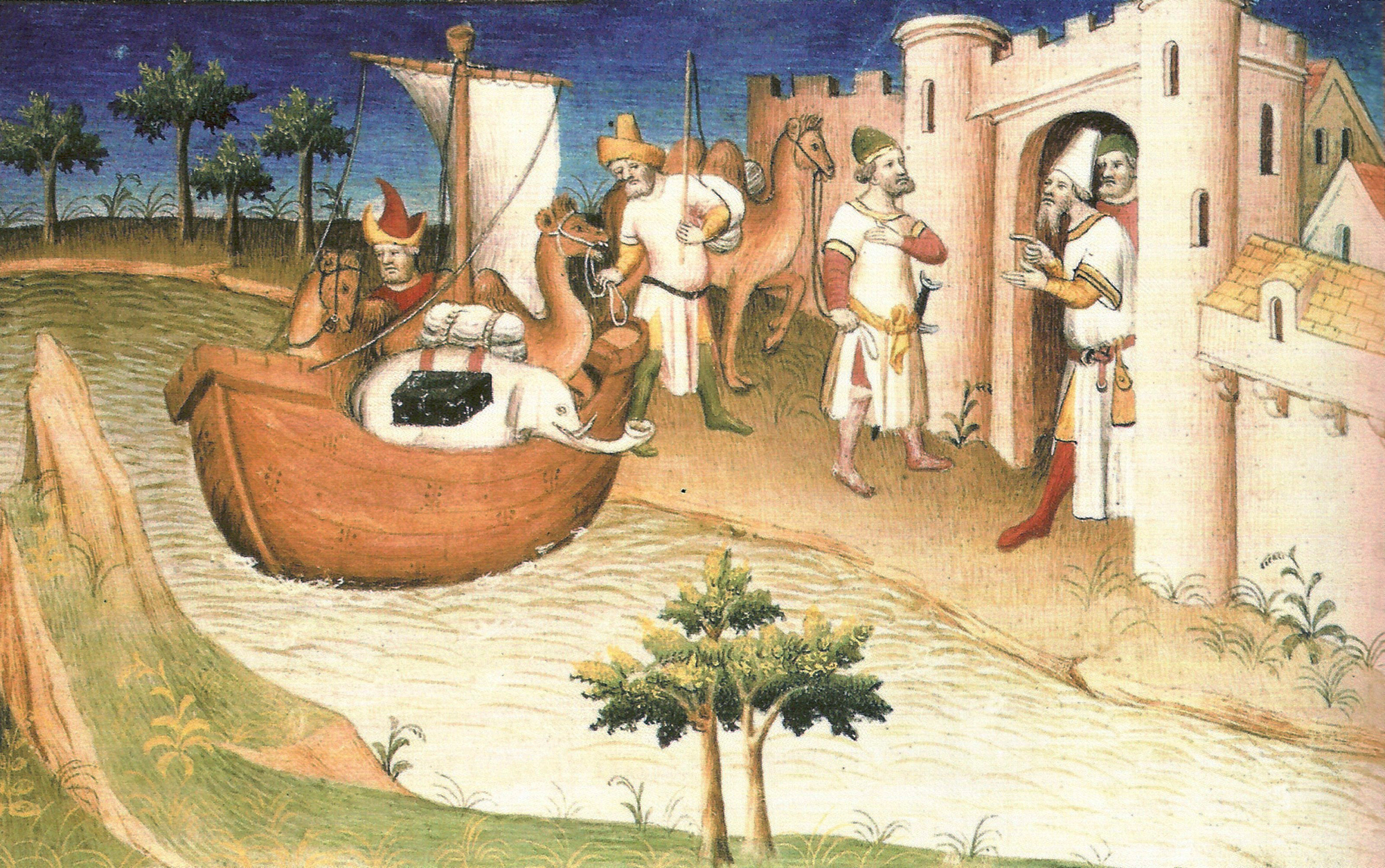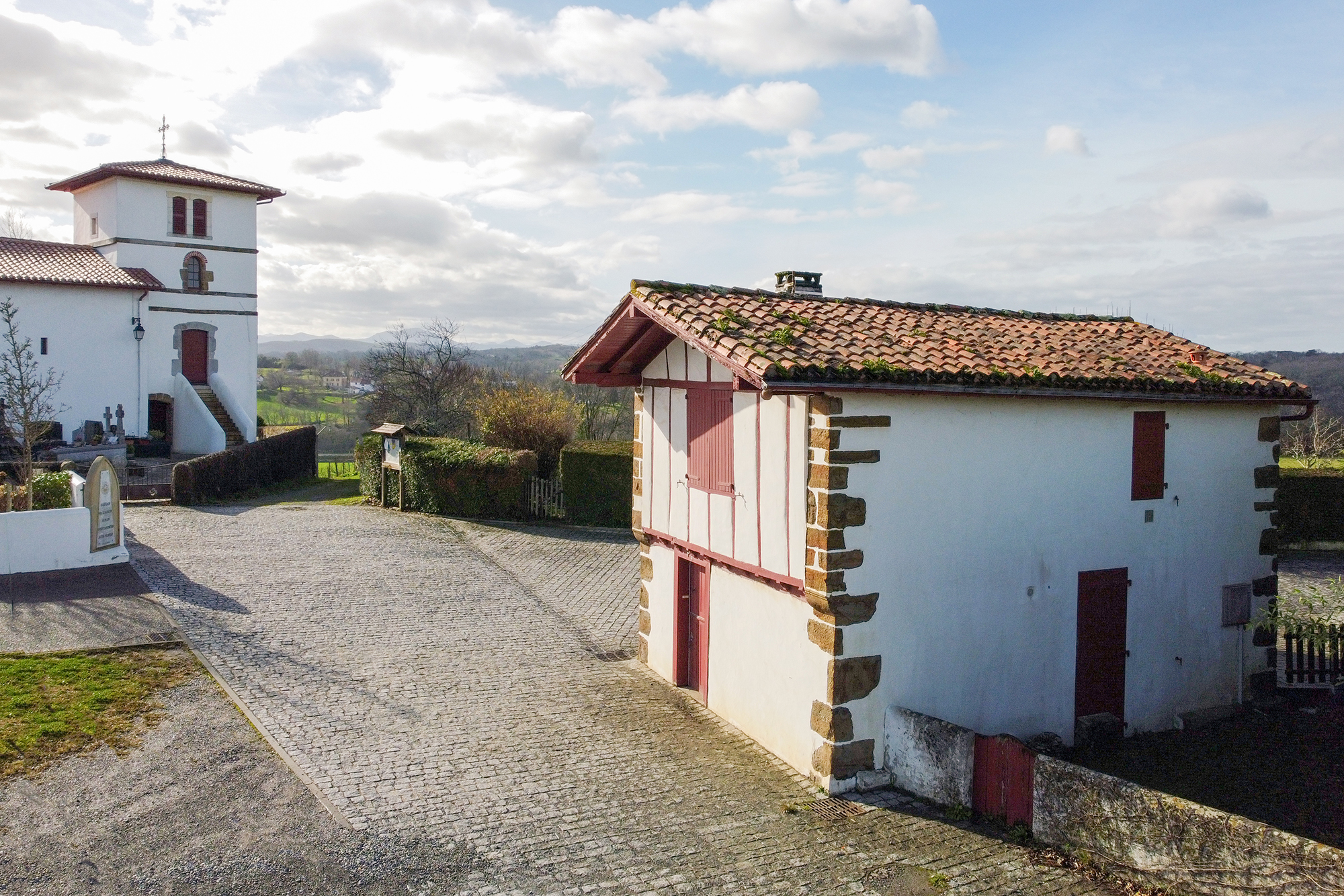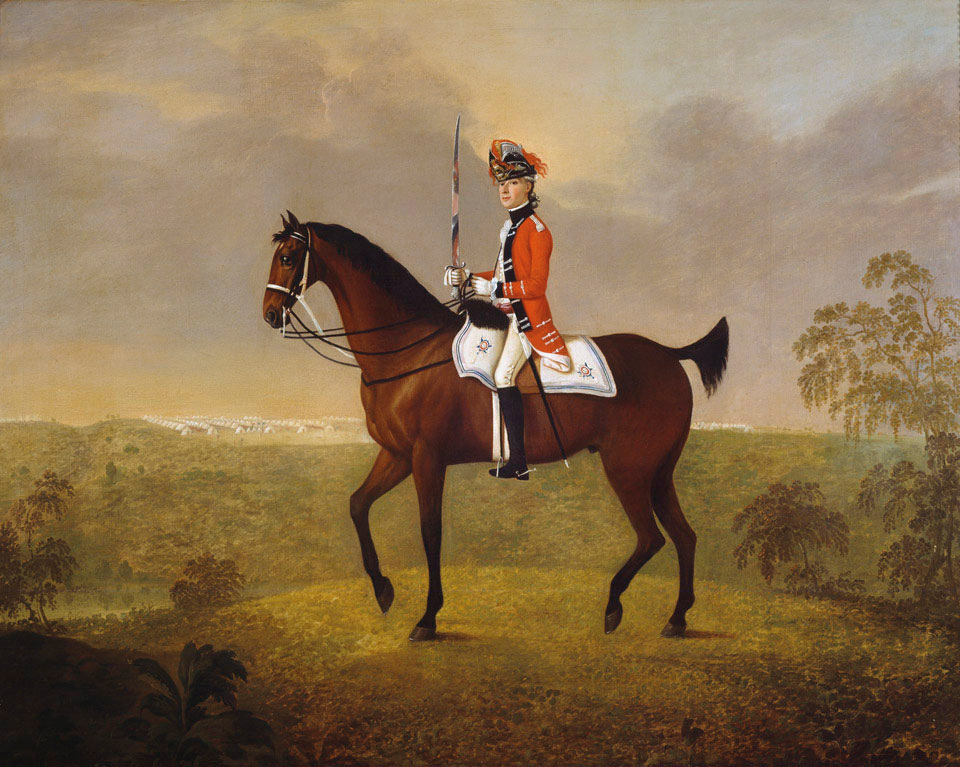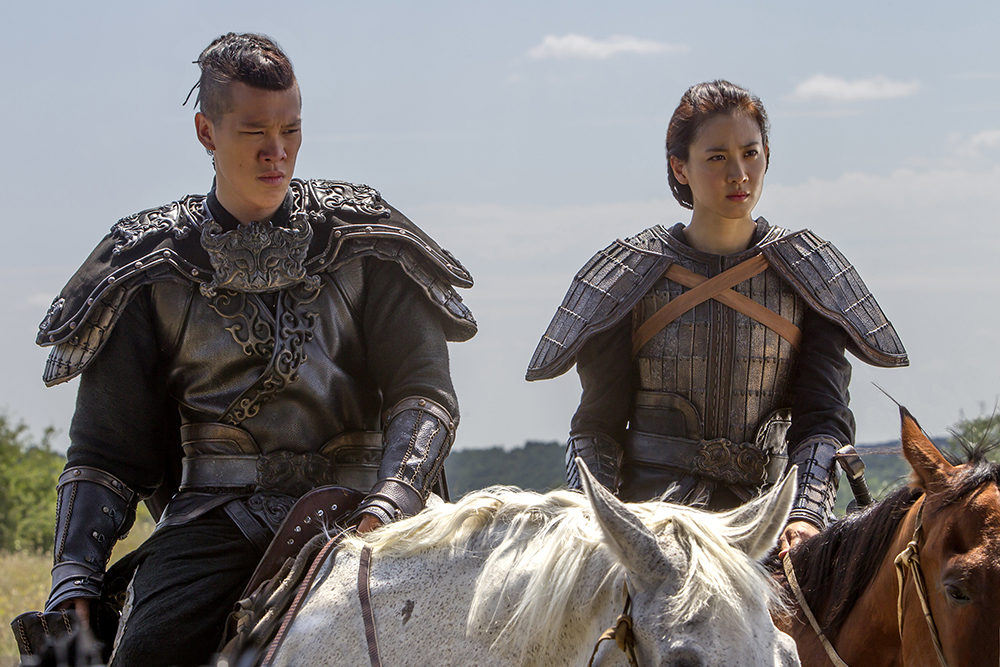Emir and Al-Andalus Vascones
- Miracle (Navarra) 860. In an attack by Emir Muhammad I ibn Abd ar-Rahman in Córdoba, Orti and Oneka, the son of the second king of Pamplona, Gartze Enekoez, were arrested and transferred to the capital of Al Andalus.

They would return to Pamplona after 20 years of kidnapping; Orti I would be proclaimed king of Garcés when his father died and would marry his cousin Oneka Azeaz, Sancho de Larraun for the second time. But they were not prisoners, but in the court of Córdoba they had great ways characteristic of the royal family and maintained cordial and close relations with the governor of the Emirate. Above all, Oneka, who first married Abd Allah, son and heir of the Emir. But he wasn't the first to introduce Vasconi blood into the Emir family. According to Ibn Hayyan, Al-Udri and other chroniclers of the time, the mother of Abd Allah was also a Vascona.
Oneka and Abd Allah I.ak have three children. His son Muhammad II would be the next emir and he would also take a vascona for his wife: Muzna.
The son of Muhammad and Muzna, Abd ar-Rahman II I.ak, self-proclaimed caliph and turned Córdoba into the capital of the Caliphate of Mendavaldea. To justify this evolution, he claimed that he was heir to the Omei, so it happened to Mohammed. But since he was the son of Vascones, grandson and great-grandson, he had more Vascon than Arabic. Ibn Hayyan had gathered that Al-Andalus's first caliph was red-haired, white and blue eyes, and henna hair was dyed to look more Arabic.
And yet, Maryam married the Vascon. His son Alhak, II.ak, also received in his harem a Vascon slave named Subh. In this same section we gathered (ARGIA, No. 2508) that Subh, besides being the mother of the caliph Hisham, acquired real political power, first with Almanzor and then against him.
Abd ar-Rahman, the son of Almanzor, would not manage to maintain the title of caliph, since he was killed in 1009. The caliphate would then be divided into the kingdoms of Taif. But would you guess that Abd ar-Rahman's mother was from Abda where she was from? A vascon, of course. García Sánchez II was the sister of the king of Pamplona, therefore, Aunt of Sancho the Mayor, and in his homeland he was called Urraka.
Zamora, late 10th century. On the banks of the Douro River and outside the city walls the church of Santiago de los Caballeros was built. The inside capitals of the church depict varied scenes with sexual content: an orgy, a naked woman holding the penis of a man… in the... [+]
In the fall of 1415 the battle of Agrincourt erupted between England and France, one of the most decisive wars of the Hundred Years War. To this end, when Henry V, king of England and lord of Ireland, decided to send his army to France that summer, the soldiers landed on the... [+]
Toledo, 1272-1280. Alfonso X of Castile gathered 427 monomedical songs dedicated to the Virgin. The Cantigas de Santa Maria constitute one of the most important musical and literary collections of the Middle Ages, but being decorated with the miniature cantiga, these... [+]
The European Middle Ages are generally depicted as a dark era. We relate it to delay, violence, belief and tyranny. Those who lived that time are considered barbaric and ignorant. Its name is also significant, because it is contemptible: as a time of little importance that... [+]
Venice, 24 April 1459. The monk and cartographer Fra Mauro finished the map of his world in his cartography workshop in the monastery of San Michele in Murano. This work was done on behalf of the Portuguese king Alfonso V.aren and, once the map was completed, it was sent to... [+]
Rome, April 1215. IV. In the Council, the Catholic Church prohibited the surgery of priests and monks, among others. Also in previous councils, Reimsen and Tours, they worked on the issue, arguing that only legataries had to deal with saving souls and that they had to avoid the... [+]
Venice, 8 January 1324. The famous traveler and merchant Marco Polo died at the age of 70. About to die, the people gathered in the area asked him to recognize that what was told in the book Description of the World was a fiction, but the last words of the traveler were: “I... [+]
Até agora considerouse que os estribos e celos fundamentais para o uso dos cabalos inventáronse en China cara aos séculos V ou VIN. Pero na cova de Urd Ulaan Unet, en Mongolia, atópase máis antigo, do século IV. O bidueiro da zona está feito de madeira, polo que non é... [+]









